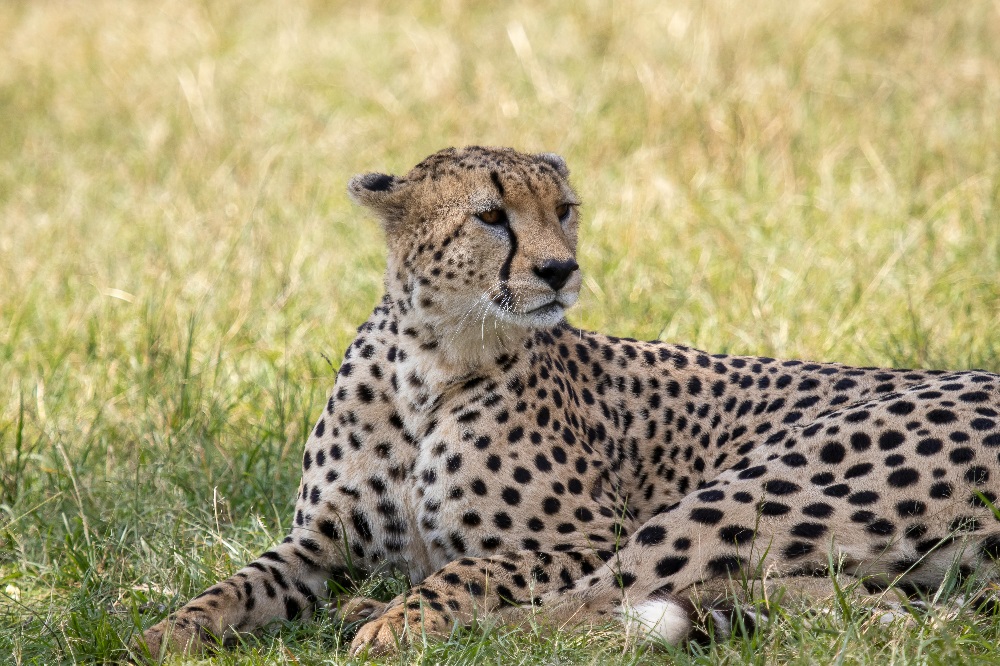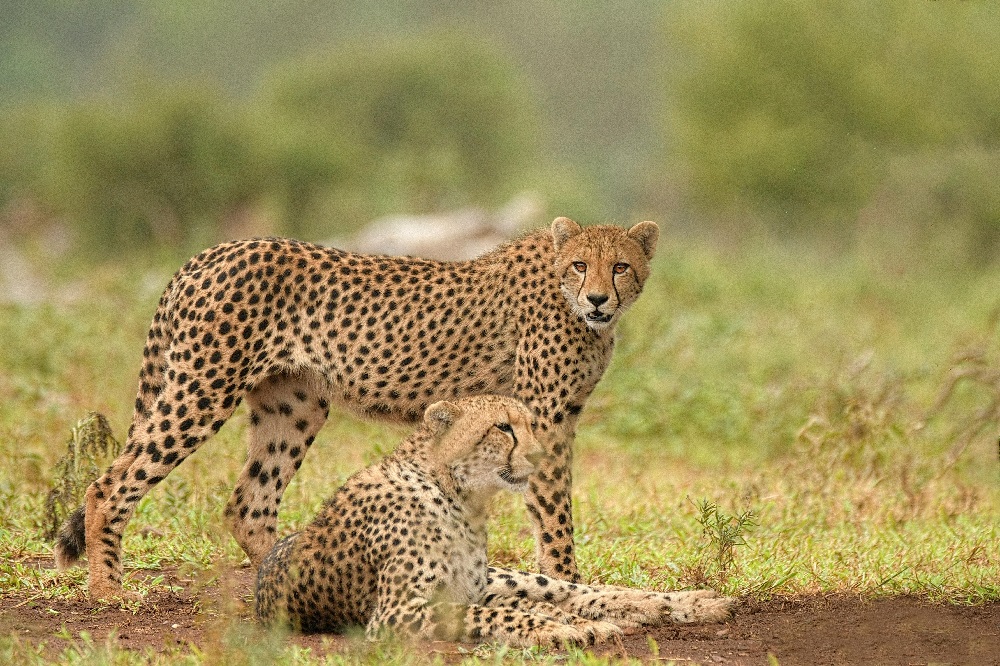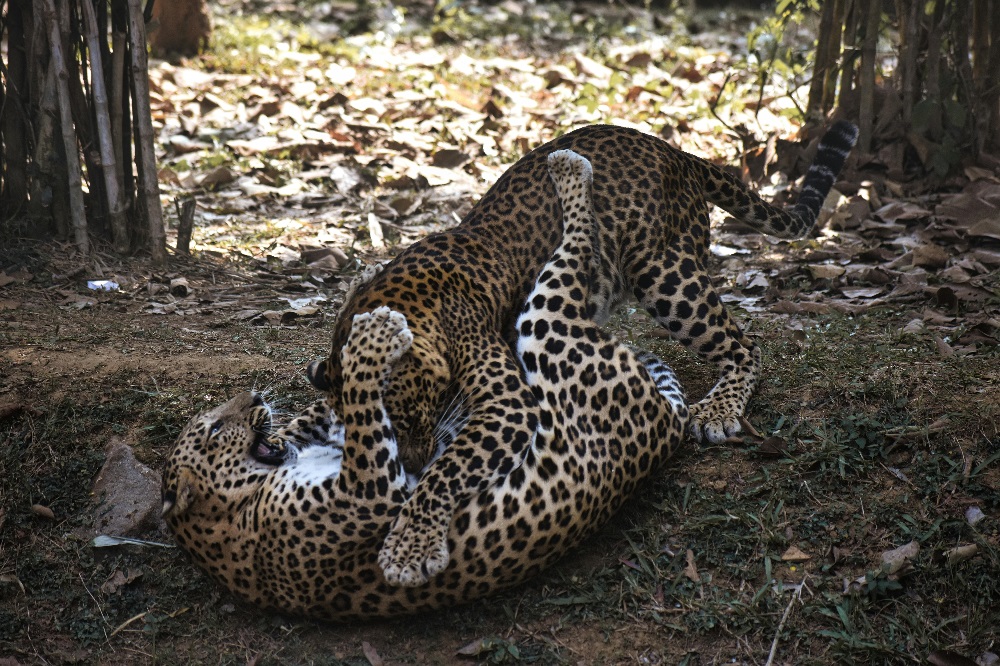A two-week African trip to Tanzania safari can vary significantly in price depending on the country visited, the level of luxury, and the type of safari experience chosen. For Tanzania, which is home to iconic wildlife destinations like Serengeti National Park and Ngorongoro Crater, the cost for a mid-range package often falls between $5,000 and $8,000 per person. This typically includes park entry fees, accommodation, meals, transportation, and guided game drives. Luxury options, featuring high-end lodges, private vehicles, and personalized services, can easily exceed $12,000 per person. The high cost is largely due to Tanzania’s conservation model, which relies on higher park fees to limit overcrowding and protect fragile ecosystems. Budget travelers can reduce expenses by choosing overland camping safaris, traveling in the low season, or limiting their itinerary to fewer parks, but even these options may cost over $3,500 for two weeks because of transport logistics and entry fees. The experience is often considered well worth the investment, as Tanzania offers some of the most spectacular wildlife encounters on the continent.

Which Country Is Best for Safari in Africa?
When it comes to deciding which country offers the best safari in Africa, Tanzania consistently ranks at the top of many travelers’ lists. The country’s vast protected areas and diverse habitats make it a prime wildlife destination. Tanzania’s Serengeti hosts the Great Migration, one of the most extraordinary wildlife spectacles on Earth, while the Ngorongoro Crater provides an unparalleled concentration of animals within a stunning volcanic caldera. Other countries, such as Kenya, Botswana, and South Africa, also have outstanding safari opportunities, but Tanzania’s combination of abundant wildlife, varied landscapes, and world-famous parks often gives it an edge. Kenya shares the migration with the Masai Mara and offers excellent safari options, Botswana is known for exclusive and pristine wilderness areas, and South Africa has well-developed infrastructure and malaria-free reserves. Ultimately, the best choice depends on personal preferences, but Tanzania remains a top contender for its scale, biodiversity, and iconic experiences.
What Is the Best Safari for First Timers?
For those embarking on their first safari, Tanzania’s Northern Circuit is often recommended as the ideal introduction. This route typically includes Serengeti National Park, Ngorongoro Crater, Tarangire National Park, and Lake Manyara National Park. These destinations are relatively close together, which minimizes long travel times while offering a wide variety of wildlife sightings. The Serengeti is famous for its predator action and seasonal migration herds, Ngorongoro Crater guarantees encounters with many species in a single day, Tarangire is known for its elephants and baobab trees, and Lake Manyara offers birdlife and scenic beauty. Guided lodge-based safaris are often best for first-time travelers, as they provide comfort, expert guiding, and structured itineraries. A combination of parks ensures that beginners experience both the thrill of big game encounters and the tranquility of diverse ecosystems without feeling overwhelmed by logistical challenges.
Which Safari Is Cheaper, Kenya or Tanzania?
Kenya generally offers slightly more budget-friendly safari options than Tanzania, primarily due to lower park entry fees and a wider range of mid-tier accommodation choices. The Masai Mara, for example, has lower daily park fees compared to the Serengeti, which helps reduce costs for travelers. Additionally, Kenya’s shorter distances between parks can mean lower transportation costs. However, Tanzania’s higher fees are part of a deliberate conservation strategy that helps maintain lower visitor numbers and preserve its ecosystems. Budget travelers might find Kenya more accessible for shorter trips, while those seeking larger, more remote wilderness areas might find Tanzania worth the higher cost. Ultimately, the total cost will depend on travel style, choice of accommodations, and whether a traveler is joining a group tour or opting for private arrangements.

Why Are Safaris in Tanzania So Expensive?
Tanzania’s safari prices are influenced by several factors that are tied to its conservation-focused tourism model. National park fees are among the highest in Africa, often exceeding $70 per person per day for key reserves like Serengeti National Park. These fees help fund anti-poaching operations, habitat preservation, and community programs. The country’s commitment to low-impact tourism means fewer lodges and camps are allowed within parks, resulting in more exclusive and less crowded experiences but also driving up accommodation prices. Additionally, Tanzania’s vast distances between safari destinations require significant transportation costs, whether by 4×4 vehicle or domestic flights. Many lodges and camps are located in remote areas, necessitating logistical support for food, fuel, and staff. While this results in higher prices, it also ensures that travelers enjoy pristine wilderness areas with exceptional wildlife viewing, making the cost a reflection of both quality and sustainability.
Can You Self-Drive Safari in Tanzania?
Self-driving safaris in Tanzania are possible but generally recommended only for experienced travelers familiar with African road conditions. The parks are vast, and navigation can be challenging without a guide. While renting a 4×4 vehicle is feasible, travelers must be prepared for long drives on rough, unpaved roads, potential mechanical issues, and the absence of clear signage in many areas. Self-driving also requires a good understanding of wildlife behavior and park regulations to ensure safety. The more common option is to hire a local driver-guide who not only handles the navigation and vehicle maintenance but also enhances the experience with expert knowledge of animal movements and behaviors. While self-driving can reduce costs for seasoned adventurers, most first-time visitors opt for guided safaris to maximize wildlife sightings and minimize logistical stress.
What to Wear on Safari?
Safari clothing in Tanzania should prioritize comfort, practicality, and suitability for the climate. Neutral colors like khaki, olive, and beige are preferred, as they blend with the environment and do not disturb wildlife. Lightweight, breathable fabrics are ideal for the hot daytime temperatures, while warmer layers are necessary for early morning game drives and cooler evenings, especially in the highlands. Long-sleeved shirts and trousers provide protection from the sun and from insect bites. A wide-brimmed hat, sunglasses, and sunscreen are essential for sun protection. Sturdy closed-toe shoes or lightweight hiking boots are recommended for bush walks, while comfortable sandals can be worn at camps and lodges. Rain gear is useful during the wet season, and a scarf or buff can help protect against dust during game drives. Dressing in layers allows travelers to adjust easily to the changing temperatures throughout the day.
How Many Days Do You Need for a Safari in Tanzania?
The ideal length for a Tanzanian safari depends on the traveler’s budget, time constraints, and desired experiences, but most itineraries recommend between 7 and 10 days. This allows sufficient time to explore multiple parks and experience varied landscapes and wildlife without feeling rushed. For example, a week-long trip could cover the Serengeti, Ngorongoro Crater, and Tarangire, while a 10-day itinerary might add Lake Manyara or extend time in the Serengeti to coincide with the Great Migration. Shorter trips of 3 to 5 days are possible for those focusing on one or two parks, but these provide a more limited experience. Longer safaris of two weeks or more allow deeper immersion and visits to remote regions such as Ruaha National Park or Selous Game Reserve in the south. The longer the safari, the greater the chance of witnessing unique animal behaviors and seasonal phenomena.
What Are the Rules for Safari in Tanzania?
Tanzania enforces strict park rules to ensure both visitor safety and wildlife conservation. These include prohibitions on off-road driving in most areas to protect vegetation, speed limits within parks to prevent accidents, and maintaining a safe distance from animals to avoid disturbing their natural behavior. Feeding wildlife is strictly forbidden, as it can cause dependency and aggression. Visitors are advised to remain inside vehicles unless in designated walking areas or accompanied by a guide. Littering is prohibited, and noise should be kept to a minimum to avoid stressing animals. Drones are generally banned in national parks without special permits. Compliance with these regulations is essential not only to preserve the parks’ ecosystems but also to ensure the safety of both wildlife and visitors.
Is Tanzania or South Africa Better for Safari?
Both Tanzania and South Africa offer exceptional safari experiences, but they cater to different traveler preferences. Tanzania is known for its vast wilderness areas, high wildlife density, and the Great Migration, making it ideal for those seeking epic, open landscapes and raw nature. South Africa, on the other hand, is known for its accessibility, well-developed infrastructure, and private game reserves like those bordering Kruger National Park, which offer luxury accommodations and malaria-free safaris. South Africa’s self-drive options and variety of activities make it well-suited for families and first-time visitors who prefer independence and comfort. Tanzania offers a more traditional, immersive safari experience with fewer crowds in many parks, but it often comes at a higher cost. The decision ultimately depends on budget, time, and whether travelers prioritize wilderness scale or convenience.
What Is the Best Month to Visit Tanzania for a Safari?
The best month to visit Tanzania for a safari depends on the specific wildlife events travelers wish to witness. The dry season, from June to October, is generally considered the prime time for game viewing because animals gather around limited water sources and vegetation is less dense. This period also coincides with the Great Migration’s dramatic river crossings in the northern Serengeti, typically in July and August. For those interested in seeing the calving season, January and February are ideal, when vast herds of wildebeest give birth in the southern Serengeti. The wet season, from March to May, sees fewer tourists and lush landscapes, but some areas become inaccessible due to heavy rains. Each season offers unique opportunities, so the choice depends on whether travelers prioritize dry-season predictability or green-season beauty and lower prices.
Is Kenya or Tanzania Better for Safari?
Kenya and Tanzania share the Serengeti-Masai Mara ecosystem, and both offer outstanding safari experiences, but they differ in scale and style. Tanzania’s Serengeti is larger than the Masai Mara, allowing for more extensive exploration and fewer crowds in many areas. The Ngorongoro Crater adds another world-class destination within Tanzania, offering a concentrated wildlife experience. Kenya, with its Masai Mara, is renowned for predator sightings and accessibility, particularly for shorter trips. Kenya often offers more affordable packages and better-developed infrastructure for quick getaways, while Tanzania is favored by travelers seeking longer, more immersive safaris. For witnessing the Great Migration, timing determines the location—Kenya is best from July to September when herds are in the Mara, and Tanzania is ideal from December to June when herds are in various parts of the Serengeti. Both countries are exceptional; the better choice depends on budget, timing, and personal travel style.



